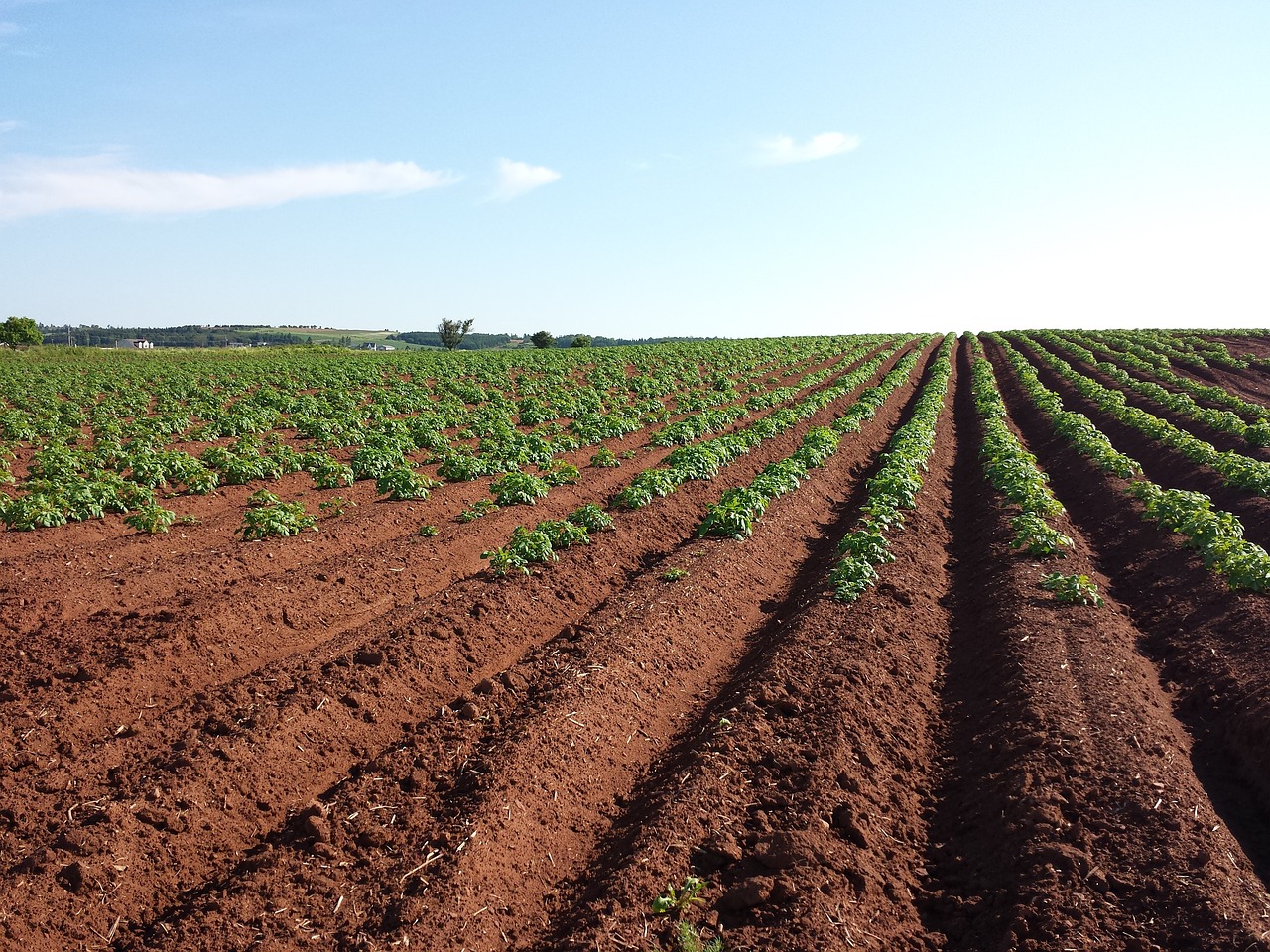Demand for hypochlorous acid (HOCl) generators for growing and farming is rising. We recently launched a NinaGen Hypochlorous Acid Onsite Generator trial with a growing operation in New York.
Our client wrote, “As far as its (hypochlorous acid’s) effects on our reservoir of water and its ORP, it is holding longer than before. We can see a direct correlation when we add a larger dose of hypochlorous acid, and our ORP rises. I will get some low-range chlorine strips to measure the post-dosing PPM, but the high-range PPM strips you provided show us a little above 1000 at 20+20+8. So we are happy with that (thank you for the high-range test strips!).”
About ORP or Oxidation-Reduction Potential
Oxidation-reduction potential (ORP) gauges the ability of a lake, river, or water reservoir to self-cleanse, breaking down waste products like contaminants and diseased organisms. Higher ORP values indicate increased oxygen levels in the water, promoting efficient bacteria activity in decomposing contaminants. Generally, higher ORP values signify healthier water conditions.
However, lower ORP values are found near bottom sediments in healthy water bodies due to reduced oxygen levels. ORP is measured in addition to dissolved oxygen to provide insights into water quality and pollution levels. Other elements, like oxygen (chemistry), can also contribute to increased ORP.
Why is ORP used?
ORP is widely utilized for its practicality, accuracy, and real-time monitoring capabilities, offering valuable information about water quality and pollution levels. Although it does not measure the amount of chlorine, ORP provides a real-time assessment of chlorine’s performance, prioritizing disinfection efficiency over chlorine quantity.
About hypochlorous acid on site generators
NinjaGen on-site hypochlorous acid (HOCl) generators produce neutral pH hypochlorous acid using Microbe Ninja technology. The ability to generate a natural sanitizer and disinfectant becomes crucial when supply chains are strained. Raw materials for HOCl production are readily available from local hardware stores.
The agriculture and farming industry emphasizes pH and ppm strength when producing hypochlorous acid, but ORP is another indicator of its disinfecting strength. The recommended ORP range for hypochlorous acid is 800-900, but this can vary based on specific applications, such as hydroponic systems, which may have a lower ORP, around 500-600.
NinjaGen on-site hypochlorous acid generators consistently produce 200 to 1,000 ppm FAC HOCl with a pH range of 5.5 – 6.5, yielding over 95% HOCl. The system uses saturated salt feeders and level switches for automated production, utilizing single-stream technology, a superior method compared to many generators on the market.
About hypochlorous acid and ORP
When introduced to water with a high organic material content, hypochlorous acid extracts electrons from present chemicals, reducing the ORP level as electrons are consumed.
A low ORP may indicate a less potent HOCl solution, influenced by factors like initial free available chlorine content, environmental conditions, or high organic loads.
Contact us to explore our NinjaGen Onsite Hypochlorous Acid Generator with a 90-day trial for your growing operation. Visit our website, call 1-888-664-6525 or text 1-949-691-3417 to learn more.
References
Horne, A. J., and Goldman, C. R. 1994. Limnology, 2nd edition. McGraw-Hill, Inc. 576 pp.
Wetzel, R. G. 1983. Limnology, 2nd edition. Saunders College Publishing. 760 pp.




Comments are closed